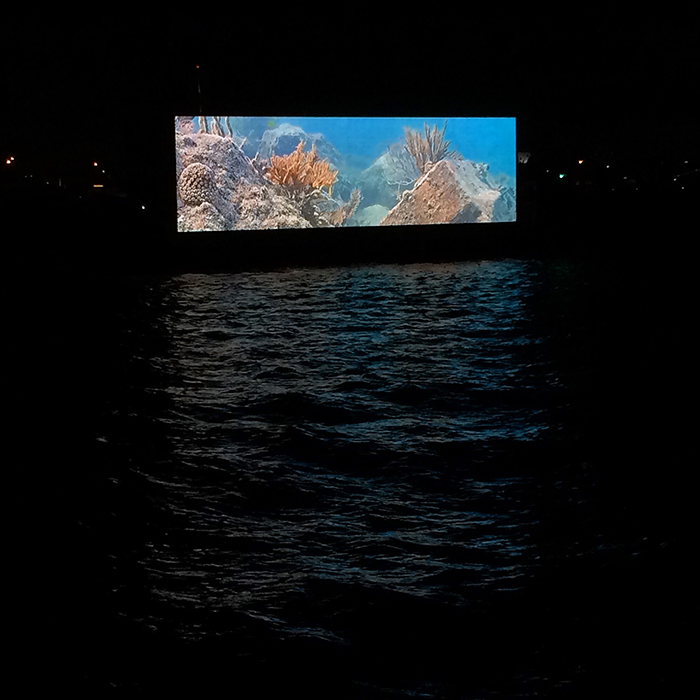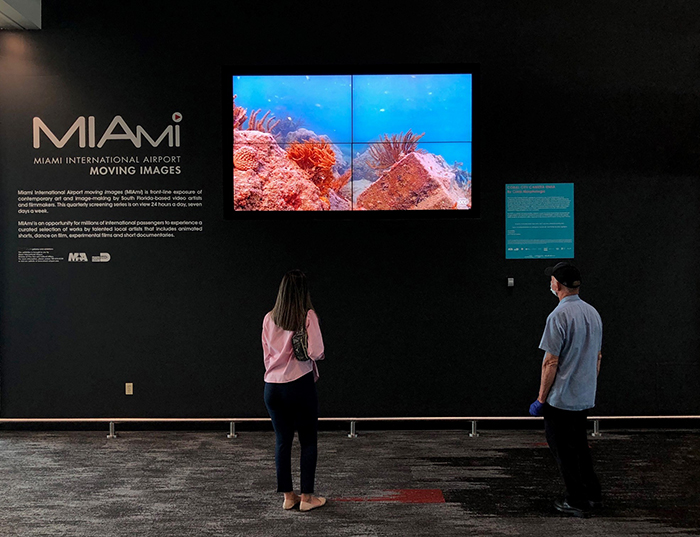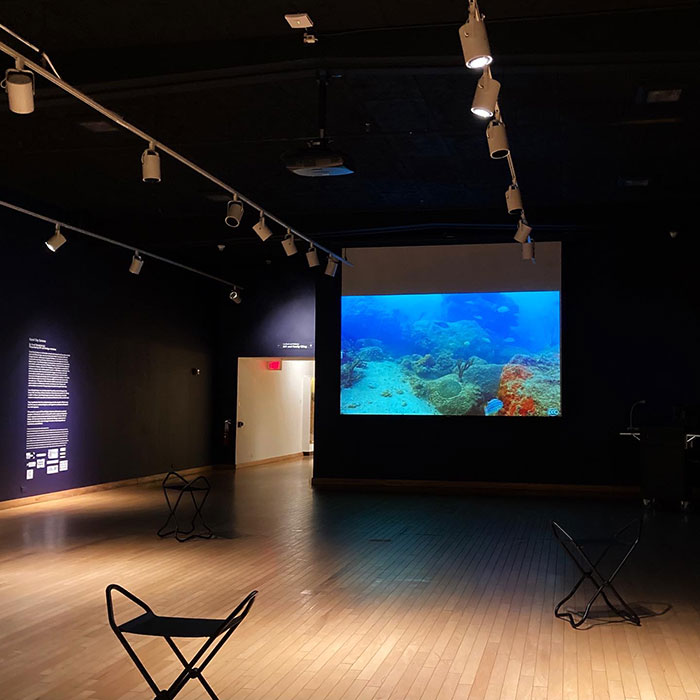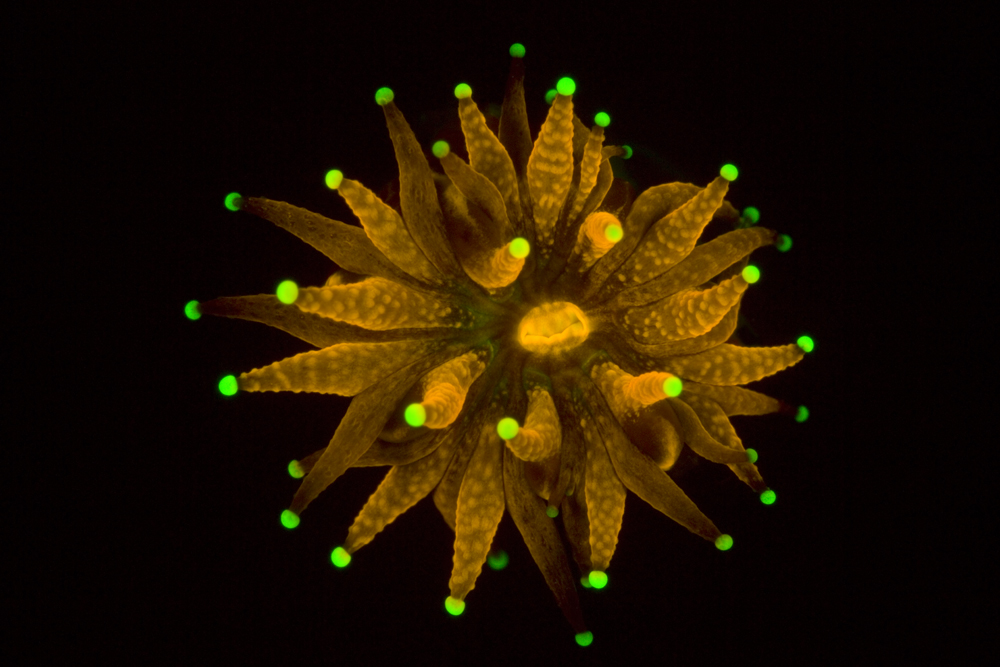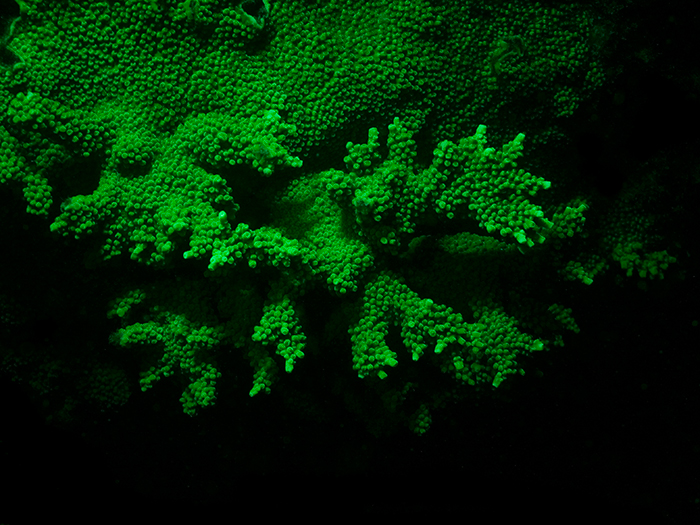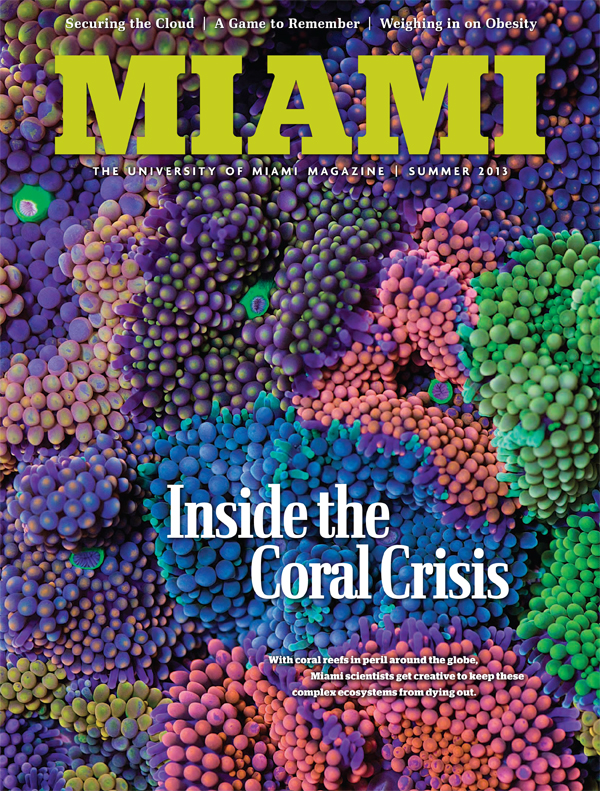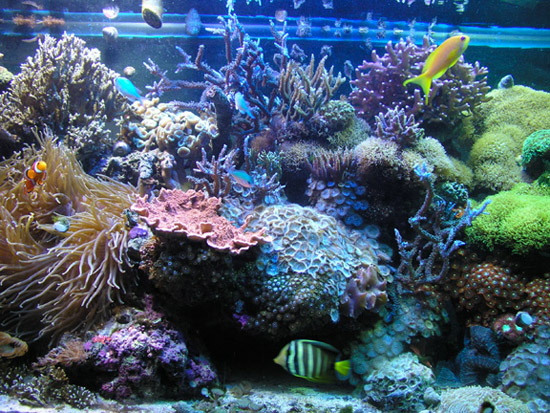ABC WPLG Local 10’s Louis Aguirre Visits Coral City Camera to See the New Elkhorn Transplants
Wednesday, August 24th, 2022ABC WPLG Local 10 anchor / reporter Louis Aguirre donned a wetsuit, mask, and snorkel to visit the Coral City Camera with Colin the day after the University of Miami’s Rescue a Reef program transplanted endangered elkhorn corals alongside the staghorn corals they transplanted last year. Watch the feature above / read the story @ https://tinyurl.com/ynaxu428
Rescue a Reef explains what they hope to achieve in this exciting new chapter in Coral City:
‘One year ago, the Rescue a Reef team from the University of Miami outplanted colonies of staghorn coral (Acropora cervicornis) at the Coral City Camera to create a public-facing restoration site and better understand how corals adapt to urban environments. We were thrilled with their success! To expand on this small-scale experiment, we outplanted twenty-five colonies of elkhorn coral (Acropora palmata) at the CCC and will monitor their growth, productivity, and resilience over the next year! The new corals consisted of five different genotypes that were put through heat stress testing by UM and the Shedd Aquarium, and included some of the most successful in the face of rising temperatures. This experiment was designed to be a springboard for expanded research and explore novel ways to garden and restore corals in urban environments. Along with a greater understanding of our Coral City, we hope that having a public-facing coral restoration site will help communities make a stronger connection with corals and give them more incentives to fight to protect them!’
Update 4/22/24: ABC WPLG Local 10 has named Colin a ‘Don’t Trash Our Treasure’ most treasured citizen for his work with the Coral City Camera.

